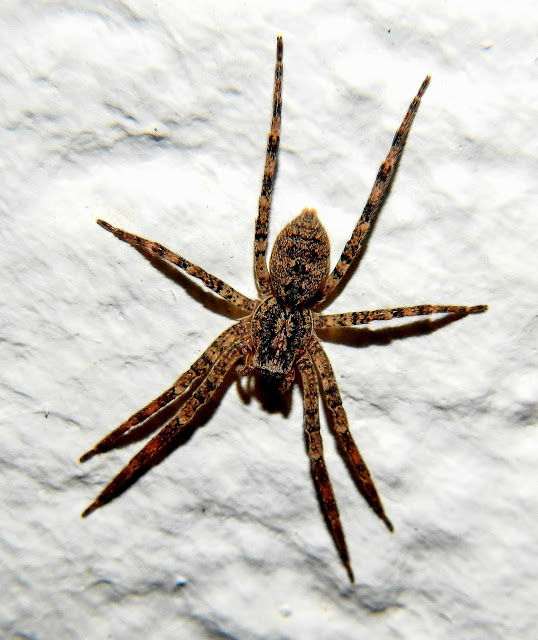The Meadow Pipit, Anthus pratensis, is a small, unassuming bird of the passerine family. It measures between 14.5 to 15 cm in length and weighs a mere 15 to 22 grams. Its plumage is predominantly brown above and buff below, with darker streaks adorning most of its body. The tail is brown with narrow white edges, and it stands on pale pinkish-yellow legs. A distinctive feature is its notably long hind claw, surpassing the length of its other hind toes.
When identifying the Meadow Pipit, look for its streaked appearance and listen for its weak "tsi-tsi" call. In flight, observe its song, which is a simple, repetitive tune that increases in pace towards the end. The bird's small size and long hind claw are also key identification markers.
The Meadow Pipit favors open spaces such as pastures, bogs, and moorlands. It can also be found in low-intensity agricultural areas and, during winter, in saltmarshes and occasionally open woodlands.
This species breeds across the Palearctic, from Greenland and Iceland to the Ural Mountains, and south to central France and Romania. An isolated population resides in the Caucasus Mountains. While migratory over most of its range, wintering in southern Europe, North Africa, and southwestern Asia, it remains resident year-round in western Europe.
The Meadow Pipit is a terrestrial bird, feeding on the ground and using elevated perches to scan for predators. It is known to move to the coast or lowlands during winter, even in areas where it is considered resident.
The call of the Meadow Pipit is a soft "tsi-tsi." Its song, delivered during a short song flight, is a simple melody that quickens as it progresses.
Nests are well-concealed on the ground in dense vegetation. Clutches typically contain two to seven eggs, which hatch after 11 to 15 days. Fledging occurs 10 to 14 days post-hatching, and the species often raises two broods per year. The Meadow Pipit is a frequent host for the cuckoo's parasitic breeding strategy.
Its diet consists mainly of insects and other invertebrates, favoring prey less than 5 mm in length. During winter, it also consumes seeds from grasses, sedges, rushes, heather, and crowberry berries.
%2020.jpg)
%2021.jpg)














%2020.jpg)
%2021.jpg)



%2020.jpg)

%20(MALE)%2020.jpg)



%2020.jpg)
%2021.jpg)












%2021.jpg)
%2022.jpg)
%20(Phoenicurus%20ochruros)%2020.jpg)
%2020.jpg)



%2020.jpg)
%2021.jpg)